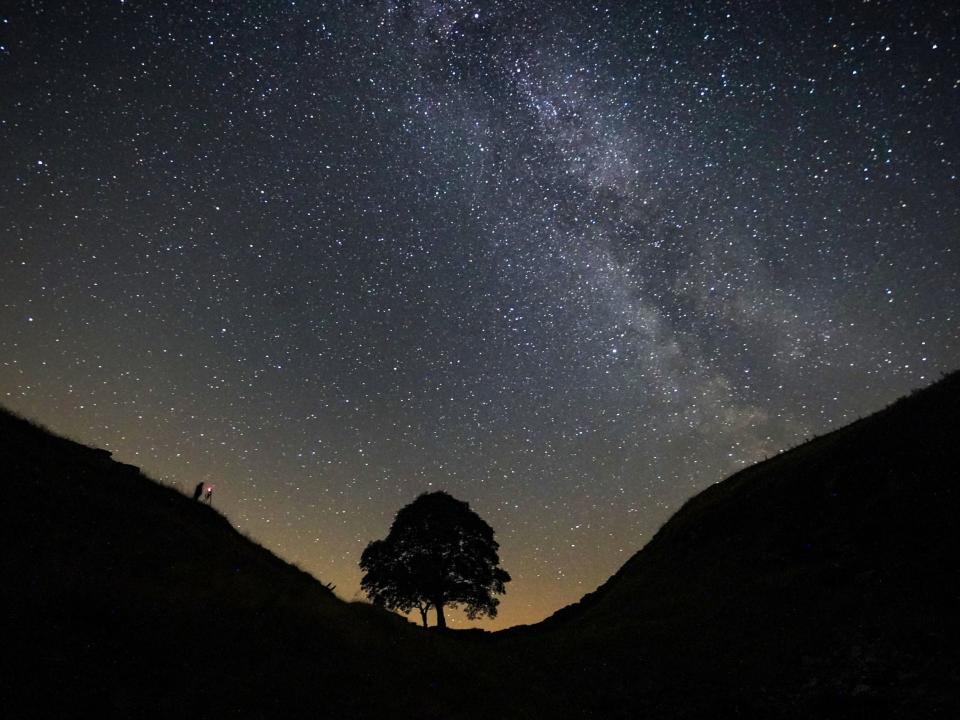Fast radio bursts: Mysterious signals coming from distant parts of the universe are ‘deeper’ than we realised, scientists say

Fast radio bursts – mysterious, energetic blasts coming from elsewhere in the universe – are “deeper” than we realised, according to a new study.
Researchers have been looking for the source of the signals for years, with the first of them being found more than a decade ago but scientists still puzzled by what could be causing them.
As they hunt for the answer, they have both found more of the bursts, or FRBs, as well as gathering increased detail about those that have already been detected.
Fast radio bursts last for around a milisecond, but pack in as much energy as the Sun releases in three days. The source for such powerful blasts remains unknown: speculation has pointed to everything from black holes to alien civilisations, but they are likely to be the result of collapsing stars.
Now researchers have discovered that the radio signals are coming to us at lower frequencies than we had previously realised, according to a new study published in Astrophysical Journal Letters.
The finding not only helps provide new detail on the mysterious blasts but could help with ongoing work to find where exactly they could be coming from.
“We detected fast radio bursts down to 110 MHz where before these bursts were only known to exist down to 300 MHz,” said Ziggy Pleunis, a postdoctoral researcher in McGill University’s Department of Physics and lead author of the research.
“This tells us that the region around the source of the bursts must be transparent to low-frequency emission, whereas some theories suggested that all low-frequency emission would be absorbed right away and could never be detected.”
The new research looked at an FRB source that was found in 2018. Named FRB 20180916B, it is of particular interest to scientists because it is relatively nearby and the signals come from it at regular and predictable intervals.
In the new research, the source was examined with the CHIME radio telescope, which first detected it, as well as with the LOFAR, or Low Frequency Array radio telescope in the Netherlands.
By combining the power of both, researchers were able to find that the radio signals were coming at lower frequencies but also identified a consistent delay in them arriving: the higher frequencies would be picked up by CHIME, and the lower ones would be noticed by LOFAR three days later.
“This systematic delay rules out explanations for the periodic activity that do not allow for the frequency dependence and thus brings us a few steps closer to understanding the origin of these mysterious bursts,” said co-author Daniele Michilli, also a postdoctoral researcher in the Department of Physics at McGill.
Read More
Greensill: ‘All decisions taken by the bank were made independently’, minister says
Mesmerising light twists around two black holes in new Nasa video
Elon Musk’s Starlink internet will be ‘fully mobile’ later this year

 Yahoo Finance
Yahoo Finance 